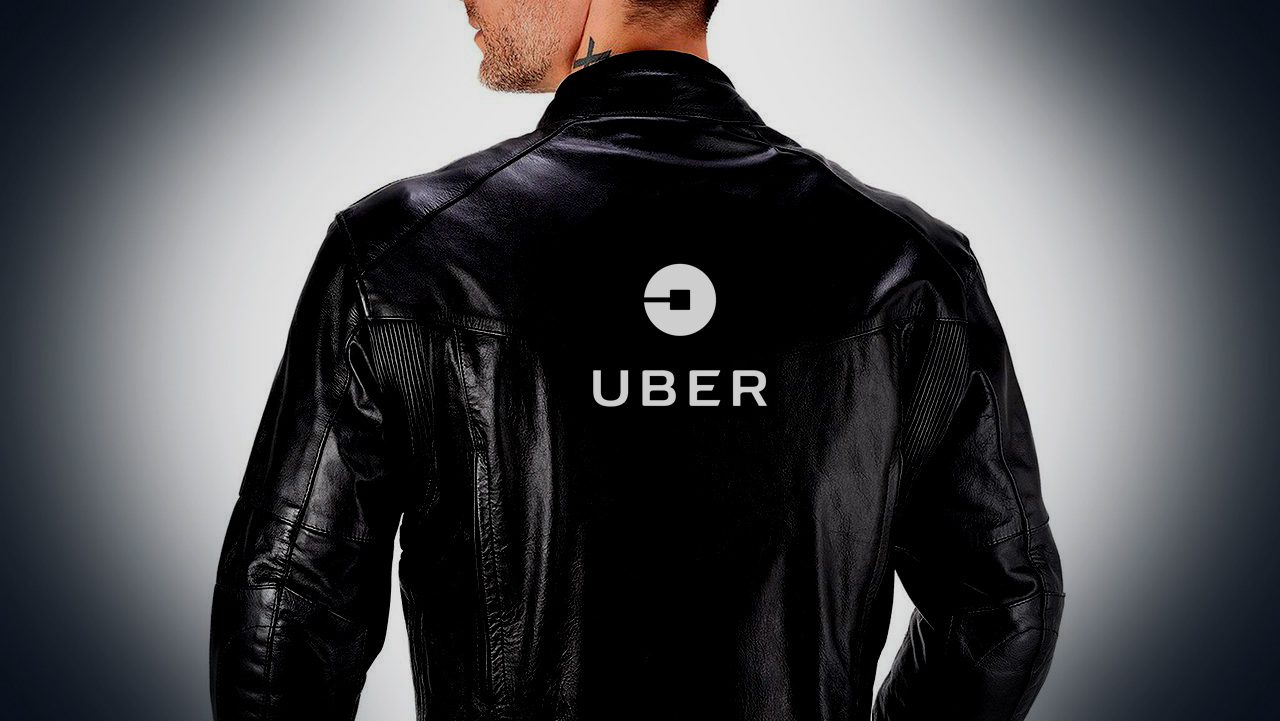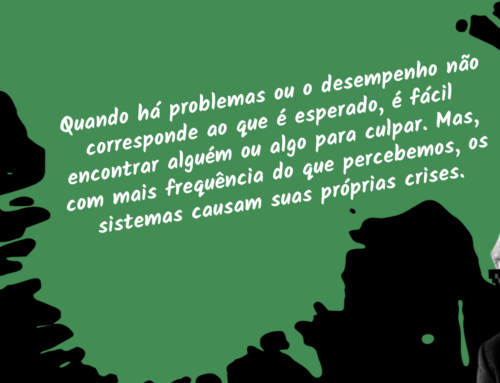The departure of Uber CEO and founder Travis Kalanick was yet another step in trying to change the company’s organizational culture that many consider as having reached the edge of what we consider to be a toxic culture.
Anyone who thinks that the exit of the entrepreneur who helped to create the giant Uber has been hasty, may not yet be aware of the long list of problems and small scandals that the company has been involved since 2013. They range from CEO statements to acts of sabotage against competitors and critical journalists of the company.
The fuse that triggered the crisis that culminated with the departure of Travis Kalanick was the disclosure of an article written by former employee Susan Fowler in February 2017. The text accused managers of sexual harassment and the HR of turning a blind eye and pouring oil on troubled waters preserving the so-called “high-performers”.
With the media explosion provoked by this article, the Uber board hired the law firm of former US General Attorney Eric Holder. He then released a report in June on specific measures that should be taken to reshape the work environment in the company. The first suggestion: remove responsibilities from Travis Kalanick and find a CEO who could implement the other recommendations.
Maybe you’re thinking Uber is an extreme case. But it’s precisely by analyzing this case that we can find clues about how we are building our businesses and organizations and what kind of culture we are fostering.
What can we learn from Uber?
One of the ways we understand an organizational culture is by observing the stories people tell about the company. I will not go into relevant and disgusting cases of sexual harassment. Let’s look at a more subtle sequence of facts, but still very revealing. Putting in a summarized way:
- One director decided to buy leather jackets (an artifact that reveals by itself something about the culture) for all 150 engineers in the department;
- The shopping staff got a discount for a large batch of men’s jackets;
- As there were only 6 female engineers in the department, the price of women’s jackets would be higher;
- The director thought it wasn’t fair for women to get a more expensive leather jacket;
- They bought 150 jackets for men and 0 jackets for women;
- Despite several complaints by e-mail, the director continued to justify his decision.
The jackets were more than a gift. Using them meant you were part of a team. Imagine the message received by the 6 women in the department.
Even if this was an isolated case, depending on how others treated the organization, we could already draw conclusions about the type of organizational culture and its level of toxicity.
Lesson 1 – Do you want to understand the culture of an organization? Listen to the stories that are told by the people who work there.
If you want to learn a method to work on your organization’s culture from the stories that people would like to live, here’s an approach we developed called Cultural Design.
And how about the company values?
A statement of values rarely causes the desired impact. Simply because words on the wall affect very little how people behave. What matters is the actions and decisions that are taken on a day to day basis. If they are aligned with the list of values, okay, they become an important part of the culture. Otherwise, no one even remembers half the list.
In Uber’s case, Travis Kalanick, drawing on Amazon’s leadership principles, wrote a list of 14 values. Most of them are vague and even contradictory. See below.
The 14 cultural values of Uber:
- Uber Mission
- Celebrate Cities
- Meritocracy and Toe-Stepping
- Principled Confrontation
- Winning: Champion’s Mindset
- Let Builders Build
- Always Be Hustlin’
- Customer Obsession
- Make Big, Bold Bets
- Make Magic
- Be an Owner, not a Renter
- Be Yourself
- Optimistic Leadership
- Just Change
Qualities that every Uber employee must have:
- Vision
- Quality Obsession
- Innovation
- Fierceness
- Execution
- Scale
- Communication
- Super Pumpedness
Most interestingly, the company is so poorly transparent that this list was never disclosed externally. The intention was to use it only in internal communications.
Listening to other Uber stories, such as the fact that during a New Year’s Eve party, employees robbed a minibus for a spin at dawn, I think “fierceness”, “super pumpedness”, “celebrate cities” and “toe-stepping” were qualities and values experienced by the organization. Not that this act has compatibility or relationship with making a company grow (scale) globally, or with quality and customer obsession.
Lesson 2 – Values on the wall are beautiful, but they may mean nothing. Most of the time they are vague, contradictory and are not used by people in their decision-making processes.
Meritocracy at Uber
In the name of an alleged meritocracy, Uber fostered a work environment that was at least hostile. One manager even threatened to hit a low-performing employee with a baseball bat. Everyone struggling to reach their place in the sun and climb the hierarchical pyramid. Other cases of cheating and betrayal to take the place of someone or to be recognized by the chief were counted without fear of retaliation or reprimand.
In fact what existed was a principle that if you were delivering results, everything would be okay. A group of top executives, called the “A-Team” that were close to Travis, were given free hand to act. Even when accused of sexual harassment, at most they were transferred to other departments.
When the Susan Fowler scandal came to light, the CEO even set up a task force to investigate the case, which was done by him and members of this “A-Team”. As if all that was happening without at least the tolerance of top management.
Lesson 3 – Hiring, firing and promotion processes are powerful mechanisms of culture formation. When we do not look critically at this, we let luck determine the culture of the organization.
In the end, Travis Kalanick, who founded the company worth $ 70 billion, was forced by one of the investors to leave his post. Members of the organization have already signed a petition requesting his return.
That is understandable. We create culture and culture influence how we think and see the world. It’s not by just changing the CEO that everything will change at Uber.






Leave A Comment